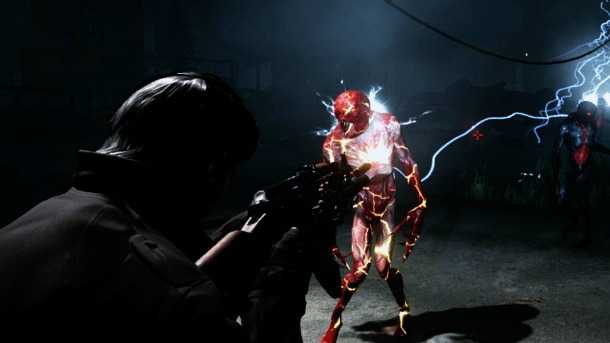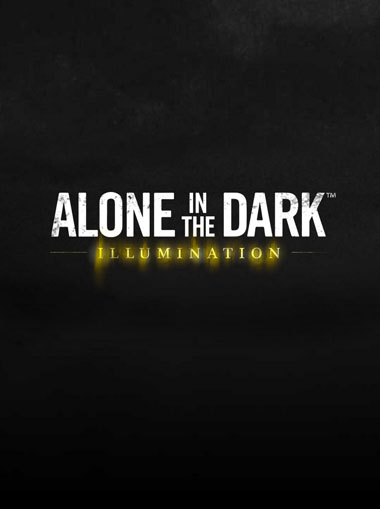

However, in other circumstances, in-game assets must be turned into an NFT before players can trade or sell them. Most in-game assets are NFTs that run on the blockchain and may be exchanged on NFT marketplaces.

Each GameFi project will have its own model and game economy. In GameFi, the reward can take many forms, including bitcoins or in-game assets such as virtual land, avatars, weapons, and costumes. They can also trade their assets on crypto exchanges and NFT marketplaces outside of the game. In-game awards are typically earned by completing tasks, defeating other players, and progressing through the various game levels. The GameFi ecosystem creates a virtual gaming environment by utilizing cryptocurrencies, non-fungible tokens (NFTs), and blockchain technology. The term "GameFi" is a combination of two words, "game" and "finance." It refers to blockchain games that allow users to make money by playing. That is not the case with GameFi products, which are decentralized and rely on blockchain technology. It all existed just within the bounds of the game and had no real-world significance.

Moreover, players had no genuine ownership of the goods they earned through their avatar – the clothes, the weapons, the awards. Previously, video games were stored on centralized servers owned by a gaming business with the implicit right to turn off the world whenever they pleased. And it's a reality that some of the industry's most active participants believe isn't far off. This is promised by GameFi, one of the hottest Web3 industries. Consider a world where you can earn real money just by playing video games.Ĭonsider the possibility that all the assets in a game - the characters, outfits, and weaponry - might be purchased and sold in the real world.


 0 kommentar(er)
0 kommentar(er)
